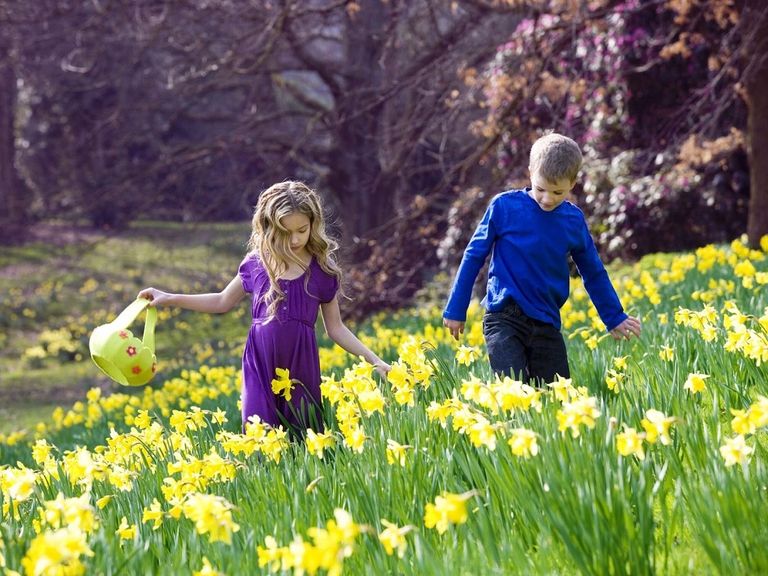
As per tradition after 12 years India held Mahakumbh, the world’s largest spiritual congregation that has been attracting pilgrims from across the globe.
Un nuovo studio finanziato dall’Ue ha dimostrato che la presenza di aree verdi nei pressi delle scuole aumenta le capacità cognitive dei bambini.
Humans are animals and are born to live in contact with nature. However, now more than ever, we distanced ourselves from this primordial condition, with clear effects on our health and psyche. New disorders and illnesses are discovered, due to our society repressing natural impulses and artificially obviating the environmental destruction.
The extremely positive effects nature, trees, plants have on our organism are so evident, representing a pillar in preventive medicine. Walking in the woods, for instance, reduces stress and depression, whilst significantly decreasing blood pressure and heart rate.
Proximity to green areas can play a crucial role to children, considering that their key cognitive functions are developed during childhood. A new study found that children living or going to school close to green areas have an improved cognitive development.
The research, funded by the European Union under the BREATHE project (BRain dEvelopment and Air polluTion ultrafine particles in scHool childrEn), has been carried out in Barcelona and has investigated the possible effects of TRAP (Traffic-related Air Pollution) on children’s brain development.
Researchers have investigated the link between the exposure to nature and children’s memory and attention. Over a year, over 2,600 children of 36 primary schools have been studied.
The research analysed the presence of green spaces close to children’s houses and schools, by using satellite images and the Normalized Difference Vegetation Index.
After that data have been collected and combined with variables, researchers have drawn models to evaluate the link between green areas and cognitive development. Results show that a prolonged exposure to nature leads to significant improvements in children: it increases memory by 6% and decreases inattention by 1%.
According to the authors, results are mainly ascribable to the amount of greennes inside and surrounding schools. The presence of trees around schools would also lead to a reduction in traffic-related atmospheric pollution. Analysis show less CO2 levels in schools with greater amount of greenery.
The study reveals an elementary truth, yet demonstrates for the first time the crucial effects of green areas on children’s cognitive development. Improving children’s learning means contributing to educate individuals with greater cognitive abilities, able to understand the importance of nature, which is being destroyed by adults.
Siamo anche su WhatsApp. Segui il canale ufficiale LifeGate per restare aggiornata, aggiornato sulle ultime notizie e sulle nostre attività.
![]()
Quest'opera è distribuita con Licenza Creative Commons Attribuzione - Non commerciale - Non opere derivate 4.0 Internazionale.
As per tradition after 12 years India held Mahakumbh, the world’s largest spiritual congregation that has been attracting pilgrims from across the globe.
Workers in tea gardens of West Bengal, India, that produces Ctc tea for domestic consumption complain that they have been devoid of basic facilities while political parties make hollow promises during every elections which are never fulfilled.
India is in the middle of the elections, but sadly none of the politicians have uttered a word on man-animal conflict that has been devouring several lives every year.
Manipur, a state in north-east India, is still reeling under the tremors of violence that broke out last year devouring lives and paralyzing the economy.
The government of Tanzania is currently planning to evict more than 80.000 indigenous Maasai people from their ancenstral land
A new UNU-INWEH report on the global bottled water industry reveals the massive scale of this market and the lack of strict quality controls.
Isatou Ceesay founded a social enterprise that is helping to fight plastic pollution and empowering women and young people to gain economic independence.
In 2020, Mihela Hladin made a radical decision that many, in recent times, have probably considered. This is her story, with photos by Matt Audiffret.
The Brazilian government has started evicting illegal gold miners, responsible for the health emergency that has hit the Yanomami people.










